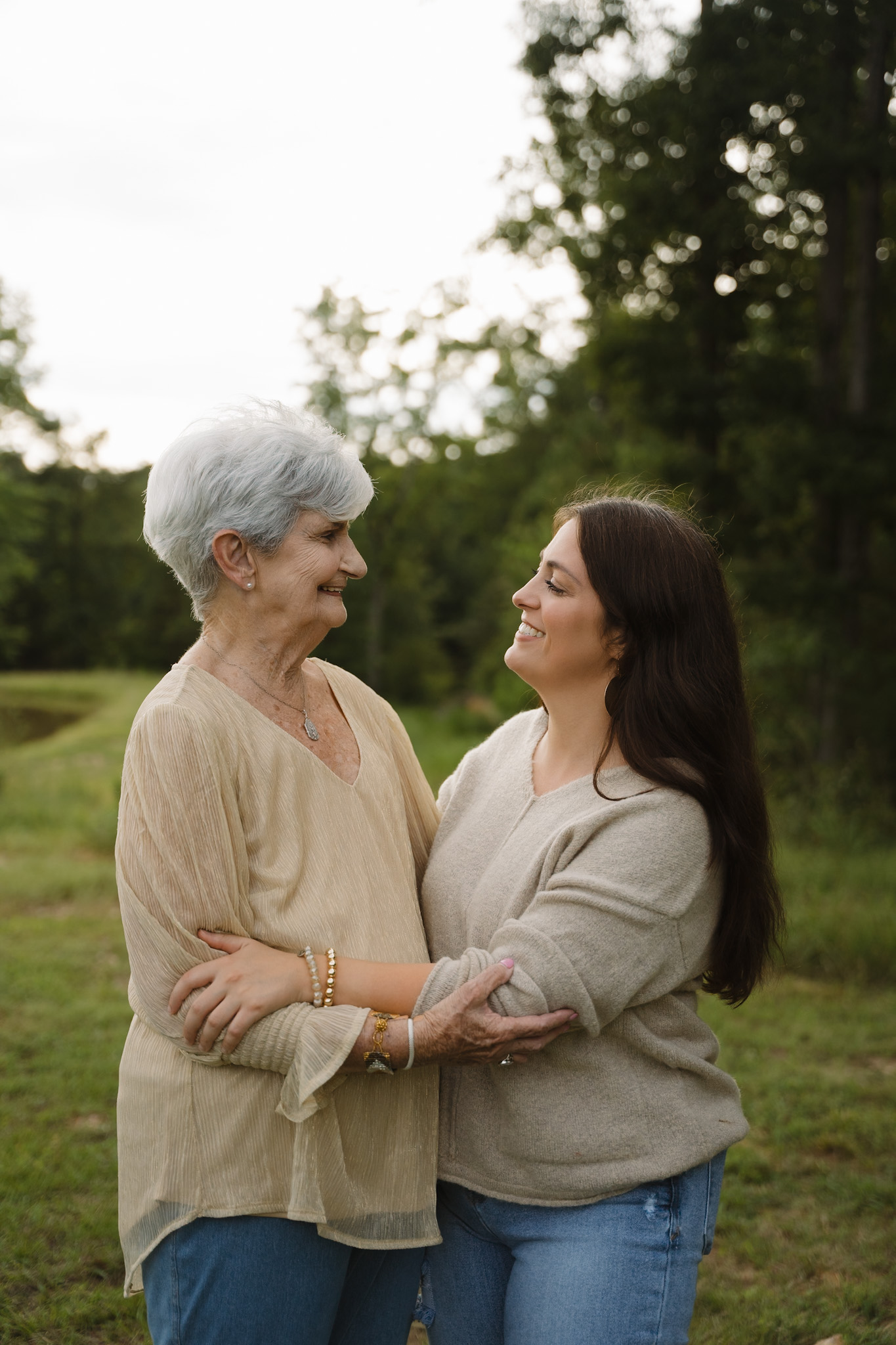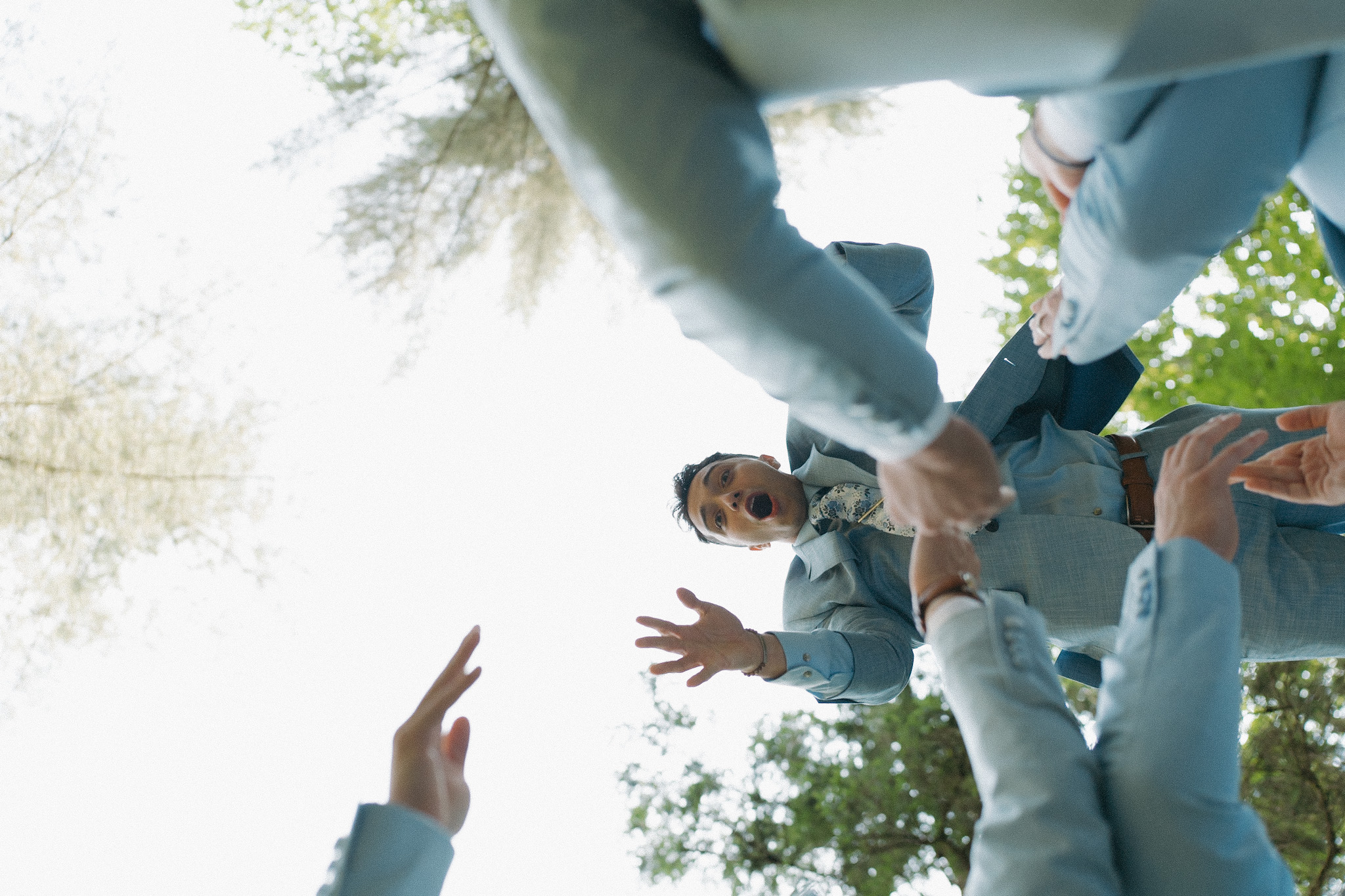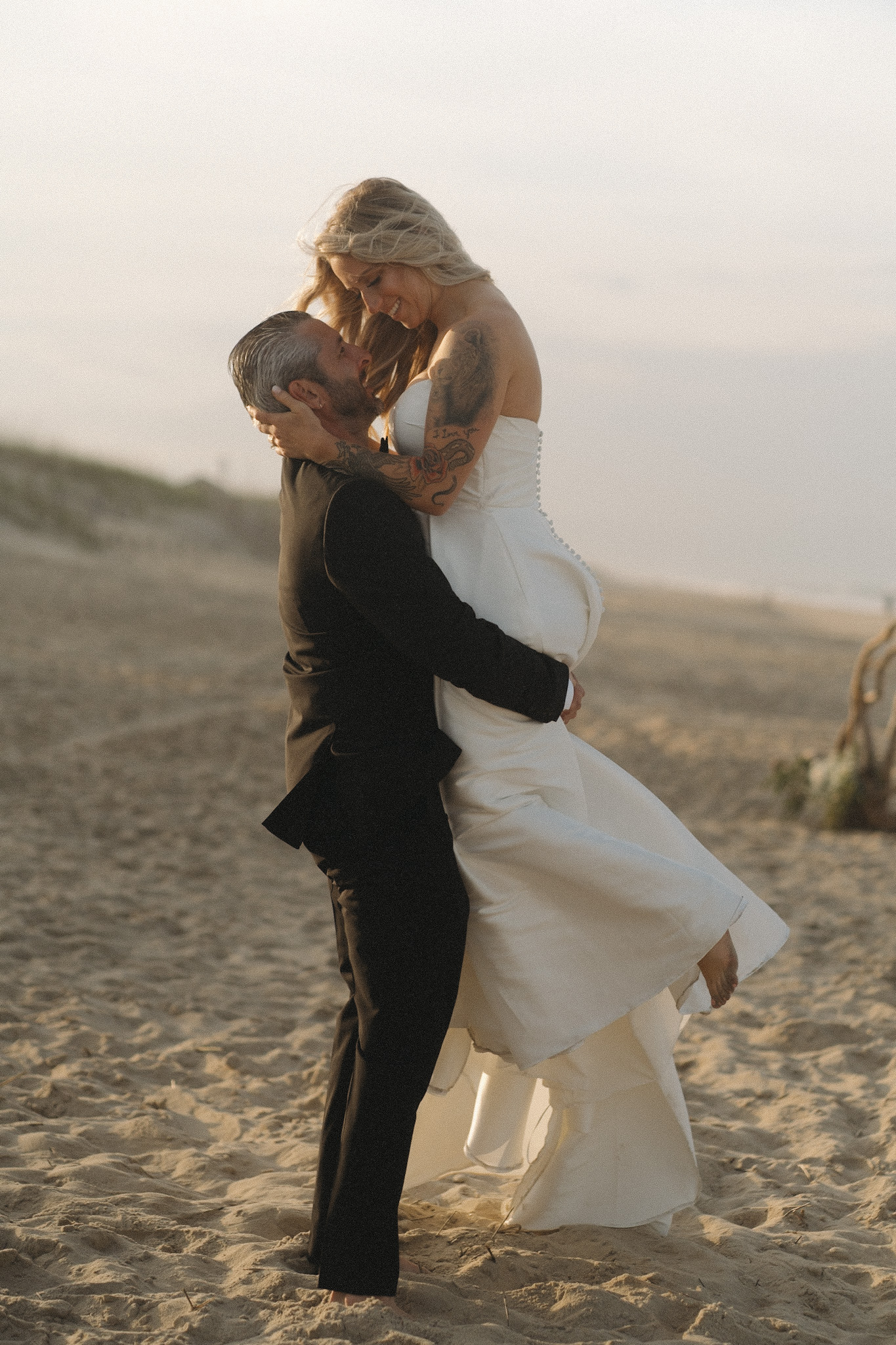
Headline: Film Vs. Digital: What’s the Difference and Should You Add Film to Your Package?
Have you ever wondered what the real difference is between film and digital photography? With the rise of digital cameras, many people believe that film photography is becoming obsolete. However, there is a resurgence in film photography, and many professional photographers are beginning to incorporate both film and digital into their work. In this post, we’ll explore the differences between film and digital photography, the unique qualities of each medium, and why adding film to your package might be the best decision you can make for your creative business.
The Differences Between Film and Digital Photography
To understand whether film should be integrated into your photography package, it’s essential first to understand the foundational differences between the two mediums. Here’s a breakdown of key differences:
- Quality of Image
Film captures a different kind of image compared to digital cameras. It has more natural color depth and richness. Film grain has its unique aesthetic appeal that adds charm to any photo, whereas digital noise can sometimes detract from the quality. Many photographers agree that film produces a more organic quality. - Dynamic Range
Film has a higher dynamic range, capturing more detail in shadows and highlights, which many photographers appreciate. Digital cameras, on the other hand, have advanced in this area, with some cameras boasting impressive dynamic range, but film still has a natural advantage in this respect. - Shooting Experience
Shooting on film can impose limitations that can be beneficial. It encourages photographers to think more critically about each shot, as frames are limited. Digital allows for more experimentation, but sometimes that leads to careless shooting. The tactile experience of using film—the sound of the shutter, the anticipation while developing—adds an element of enjoyment to the process. - Post-processing
In the realm of editing, digital files can be manipulated endlessly in software like Adobe Lightroom or Photoshop, allowing immense creativity for retouching. Film, however, requires a more hands-on approach. Developing film is an art in itself, and each type of film presents a unique challenge during the developing process. When going hybrid, you can play off both strengths.
Benefits of Including Film in Your Photography Package
Integrating film into your offerings can show versatility to potential clients. Here are some reasons why you might consider including film photography in your services:
- Nostalgic Appeal
Many couples are drawn to the warmth and nostalgia that film offers. Incorporating film photography into wedding packages can create a unique and appealing presentation that resonates with the younger generations who are fond of vintage styles. - Hybrid Coverage
Providing a combination of both film and digital photography ensures you capture all moments beautifully. Digital photography is fantastic for those fast-paced, fleeting moments—like vows or cake cutting—where speed and precision are paramount. At the same time, film can capture intimate and contemplative scenes, adding emotional depth and variety to the overall package. - Unique Product Offering
Adding a mix of film photography can differentiate your services from competitors. There’s a certain nostalgia associated with film that appeals to many couples wanting timeless photographs. Film weaves through your wedding like a romantic thread while digital captures the fast-moving, unpredictable moments swiftly and clearly. - Market Trend Resurgence
Film photography has made a strong resurgence as young photographers are discovering the unique qualities film provides. By adapting to this trend, you position yourself as an innovative and creative brand within the photography space.
Incorporating Film: Practical Steps for Photographers
So how can you seamlessly include film photography into your packages? Here are some steps:
- Educate Yourself
Invest time in learning about film photography if you haven’t already. Understand the various types of films and what situations they excel in. This will help you determine critical moments to capture in film to complement your digital images. - Invest in Equipment
Depending on your current inventory, you may need to invest in a film camera and lenses. Look for gear that fits your shooting style and budget. Don’t shy away from purchasing used cameras—they can act sustainably while being a cost-effective solution. - Partner with a Film Lab
Finding a high-quality lab that specializes in developing and scanning film can save you a great deal of time and effort. Ensure you build a good relationship with your lab for quality scores and to understand how to get the best results from your chosen film stock. - Create a Workflow
Establish a clear workflow for your shoots. Decide how much film you want to shoot during a typical session and where it will fit into your digital capture. Ensure your clients are aware of the hybrid experience they can expect. - Market Your New Service
Once you’ve incorporated film into your packages, promote it through your social media, website, and other marketing platforms. Share examples of film images alongside digital to showcase the distinctive qualities both bring to an event.
Final Thoughts
Integrating both film and digital photography can significantly enhance your offerings to clients. You can provide comprehensive coverage that effectively marries the speed and clarity of digital with the depth and feel of film. By becoming proficient in both formats, you maintain a competitive edge while also satisfying the nostalgic desires of couples seeking something special for their wedding day.
So now what? By considering the information shared here, you can begin to shape your offerings to include both mediums. Take the plunge into hybrid coverage—using both film and digital is the best of both worlds. Your clients will benefit, and your business will grow. Remember, creativity comes from constant exploration and innovation. Don’t wait; start experimenting with film today!
Want to learn more about photography techniques? Join our newsletter for tips and exclusive educational resources: https://bockbabesphotography.com/
+ view the comments


